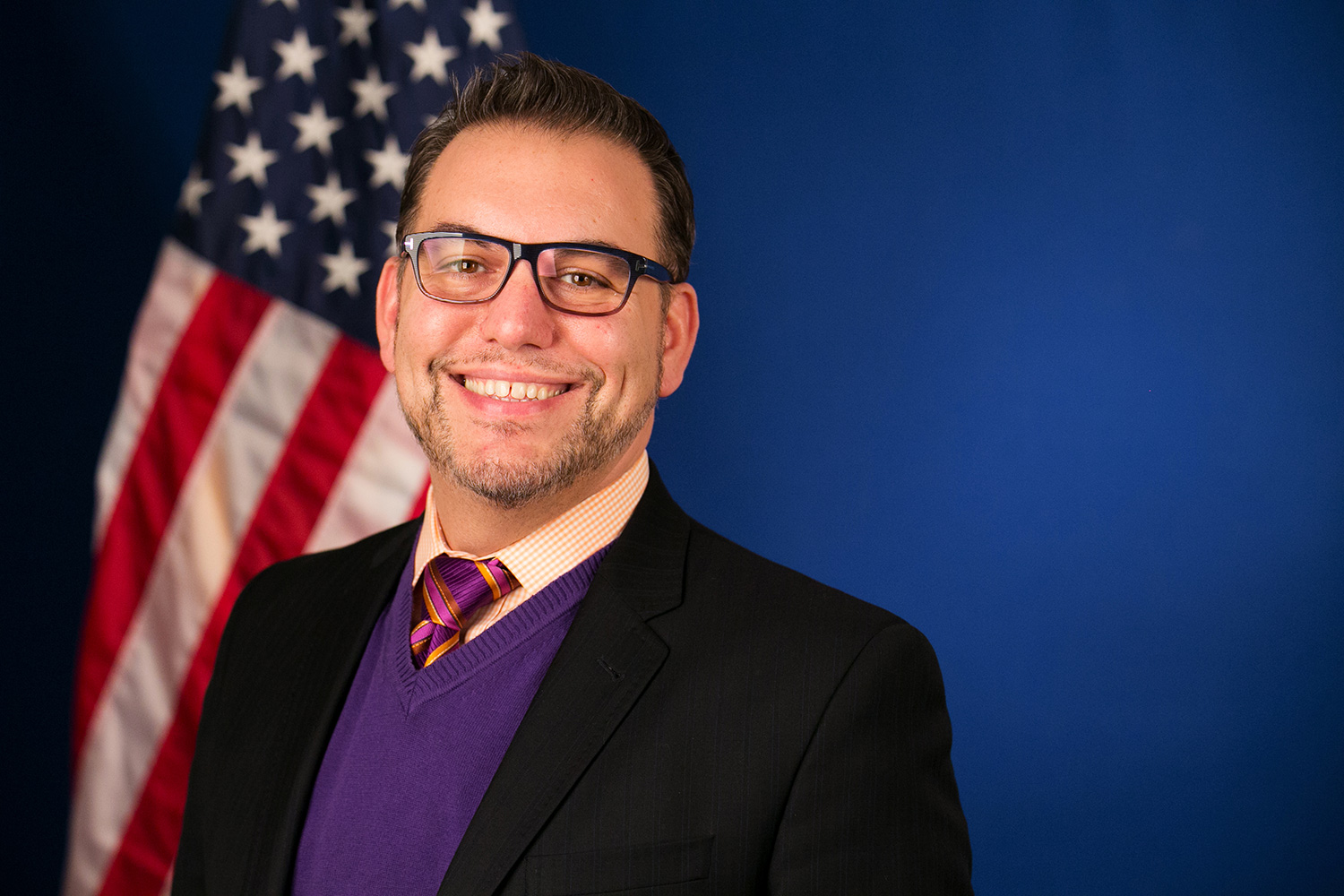 Last week John Cabeca (left), Director of the Silicon Valley branch of the United States Patent and Trademark Office, delivered the Keynote Speech at the 2017 Annual Meeting of the Association of Intellectual Property Firms (AIPF) in San Francisco, California. What follows are several of the more interesting points Cabeca make during his 30-minute presentation.
Last week John Cabeca (left), Director of the Silicon Valley branch of the United States Patent and Trademark Office, delivered the Keynote Speech at the 2017 Annual Meeting of the Association of Intellectual Property Firms (AIPF) in San Francisco, California. What follows are several of the more interesting points Cabeca make during his 30-minute presentation.
“Typically it takes three months plus or minus a month, depending upon what Congress has on their schedule, but we look forward to having Mr. Iancu on board,” said Cabeca, when addressing the most common question he gets of late – when can we expect the new Director to be confirmed and in place.
Cabeca’s assessment on the Iancu timeframe is in keeping with everything I’ve been hearing. President Trump nominated Andrei Iancu to be the next Director of the USPTO on August 25, 2017. Perhaps Iancu will manage to find himself a part of some late-year nominee deal in the Senate, perhaps he will be held over for confirmation until early 2018.
Working with Congress to get the temporary fee-setting authority extended is another priority for the Office, Cabeca said. Current fee-setting authority is scheduled to end September 2018. The Office having fee-setting authority has allowed the Office to have a reserve fund, thereby allowing the Office to have the funds necessary to do its work, according to Cabeca.
In July, the Office released a report that “did a very nice job of summarizing patent eligibility,” Cabeca said. The Office is continuing to monitor the case law and continuing to train examiners. The Office has also implemented a continuous public comment period, which allows for ongoing input from the community.
“While waiting for a permanent agency head, we are taking advantage of the time to do what we can internally,” Cabeca explained. One area the Office is reviewing is in the area of Examiner Time Analysis. The Office hasn’t changed the classification of applications (i.e., complex versus simple) in a substantive way since 1980, although there were some tweaks made in 2009. Unfortunately, in some fields of invention, what was once considered complex is now simple, and what was once simple may now be complex. Cabeca gave an example of a trash can, which once upon a time would be considered very simple, but today might have various electronics associated…lights, lifts, batteries…making it more complicated than a simple receptacle. Cabeca explained that the Office is reviewing this classification of applications, and what time should be given to examiners, but the Office anticipates that a top to bottom reassessment will take the Office up to two years to complete.
Public interview rooms in Silicon Valley have enhanced features that replicate an in-person experience through high-resolution 3D cameras, which can provide a similar experience to sliding a piece of paper across the desk. Cabeca encouraged everyone to take advantage of these rooms, and offered to give attorneys a demonstration of the technology.
Tags: John Cabeca, patent, Patent Office, patents, USPTO




You share in the PLI Practice Center community, so we just ask that you keep things civil. Leave out the personal attacks. Do not use profanity, ethnic or racial slurs, or take shots at anyone's sexual orientation or religion. If you can't be nice, we reserve the right to remove your material and ban users who violate our Terms of Service.